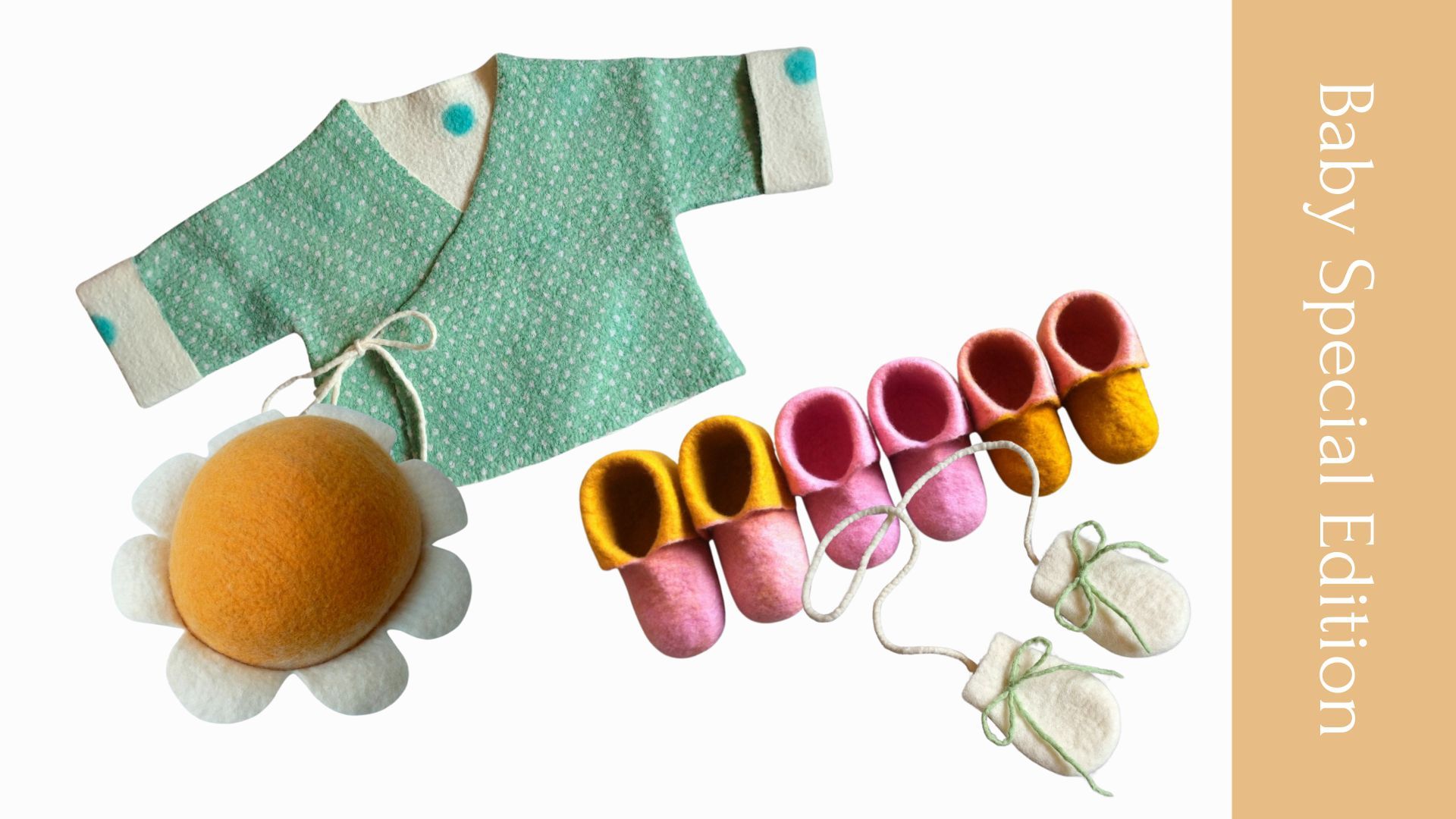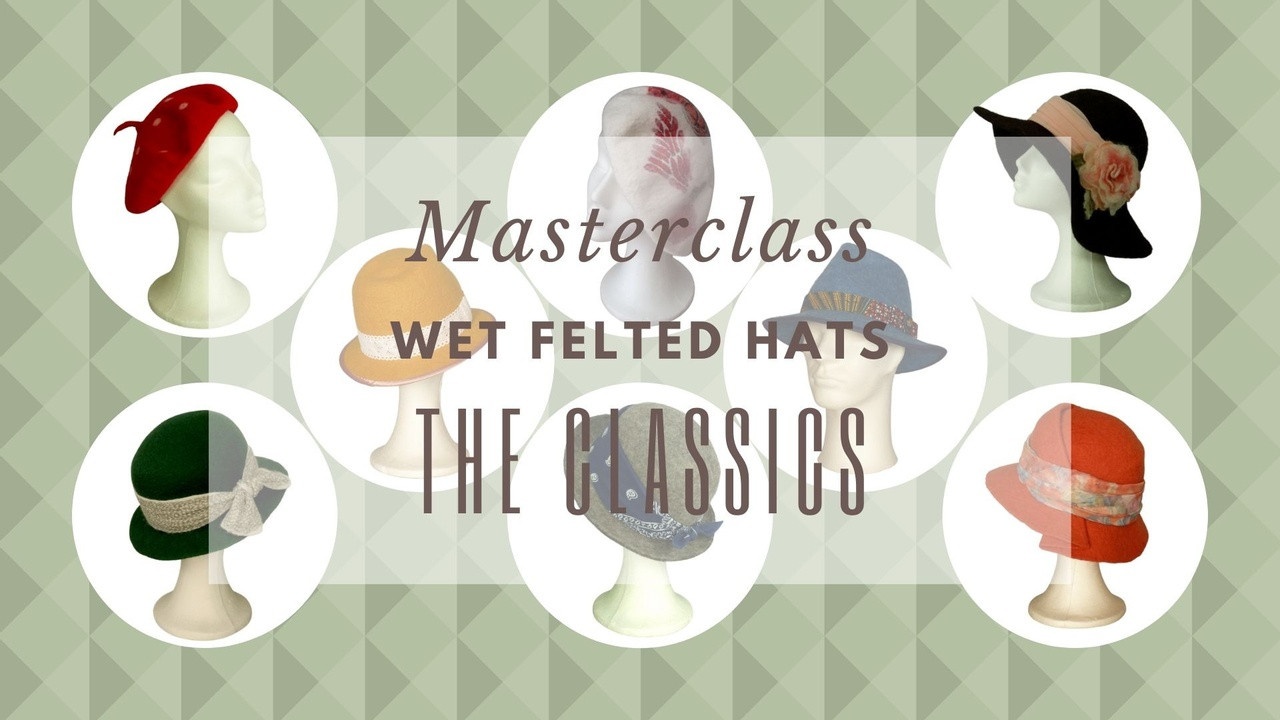The Dodo Blog
If you’ve been waiting for the registration to THE DODO HUB to open, I’ve got good news. You can now sign up here.
WHO IS THE PROGRAM FOR?
You’ve been a felt maker for some years now, but …
- you feel like you’ve reached a plateau, and you don’t know how to develop your work further;
- you wan...
This is a question I know you’re asking yourself: Is the Baby Special Edition worth it?
That’s, of course, something only you can decide. But skimming through the class description will only give you a general idea. So, I’ve made a video to show you exactly what’s inside the “baby package”.
It’s ...
Today I’m bringing you something special, the Baby Special Edition.
Usually, you can only get these classes separately.
Now, for a limited time, I’m combining the Sweet Baby Jacket & Daisy Baby Hat with the Comfy Baby Booties & Tiny Baby Mittens in one package. In other words, you get 2 for the pr...
So you had a look at the program, and now you’re thinking “Yes, one technique a month. But what do we really felt inside THE DODO HUB?”
I get that it may not be totally clear to you, so let me help you with that.
First, above there's a short video of some of the beautiful pieces made by the partic...
If you’ve been waiting to enroll in THE DODO HUB, I’ve got good news! The registration is open as of now.
Are you new to the DODO world, and not sure what THE DODO HUB is?
- It’s a comprehensive year-long program designed to take you from the intermediate level to an advanced and independent ...
As you know, garments are among the most difficult items to felt. Correctly calculating the shrinkage rate for such big pieces and guaranteeing the clothes will fit the wearer aren’t easy tasks and require precise work.
So, every felt maker realizes it takes a lot of expertise (and I’d even say som...
I’m working on a new class that is meant to help felt makers go all the way (smoothly) from total beginner to intermediate. If you’ve recently started wet felting or you’ve been felting for a while, but still feel like there are many gaps in your knowledge, this may be for you.
But I’ll need some t...
Have you noticed the BABY classes are back?
Many of you have been asking to have the baby booties class separately. You’ve also showed interest in having it available “on demand”, which is understandable, since babies grow fast 😊
So, I’ve listened to your requests and created two separate classes:...
As you know, wet felting has a long History. But it’s also true that some of the most incredible advancements only happened in the last decades.
After wet felting was rediscovered as a promising material for designers sometime in the 80s, people of all backgrounds have picked it up and reshaped it ...
If you're following my Instagram account, you know that I've been sharing photos of my new baby items for some time :)
The idea of creating more felted pieces for kids has been on my mind for long. I just think it's the perfect medium for babies: soft wool and silk, natural non-toxic fibers, enviro...
Just wanted to let you know you can enroll for the Wet Felted Hats Masterclass from May 15th to May 19th.
The course will start May 22nd and will have a duration of 8 weeks.
If you've been wanting to improve your hat felting skills, stay tuned for the details tomorrow :)
Talk soon!
Vanda
As you might know, I created a new course recently: the Wet Felted Hats Masterclass for all of you who’d like to refine your hat making skills.
There was a first edition in February/March, which I launched as a test course. I had built a base structure and invited people to join as Founding Members...









